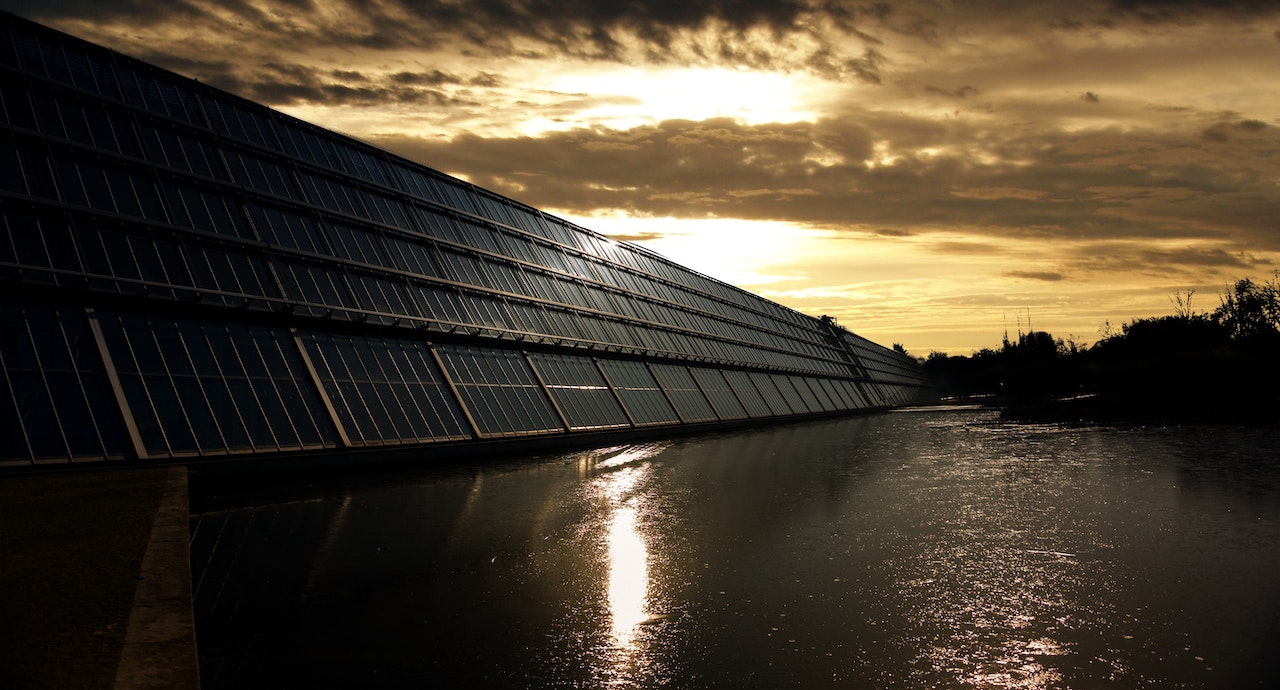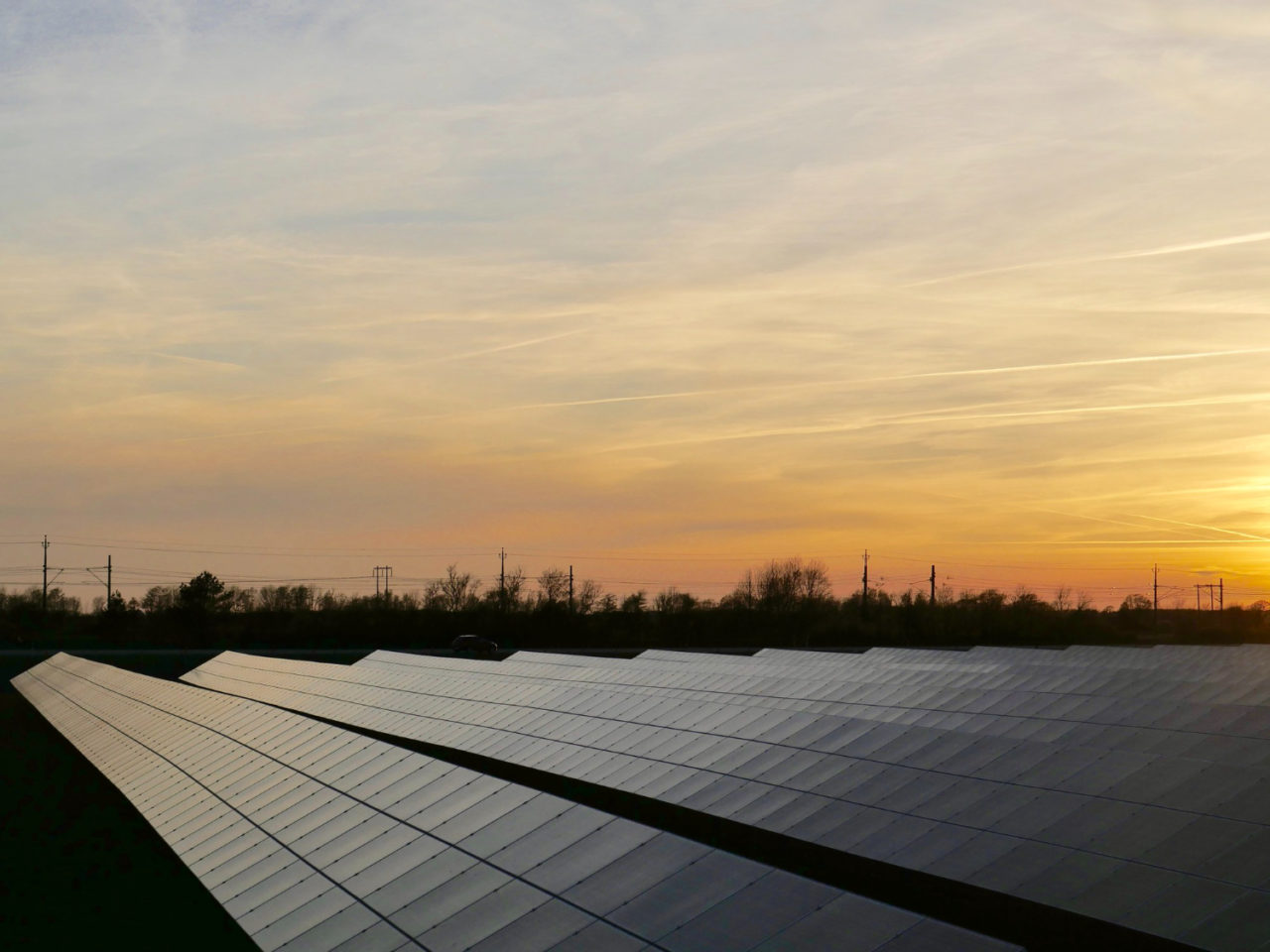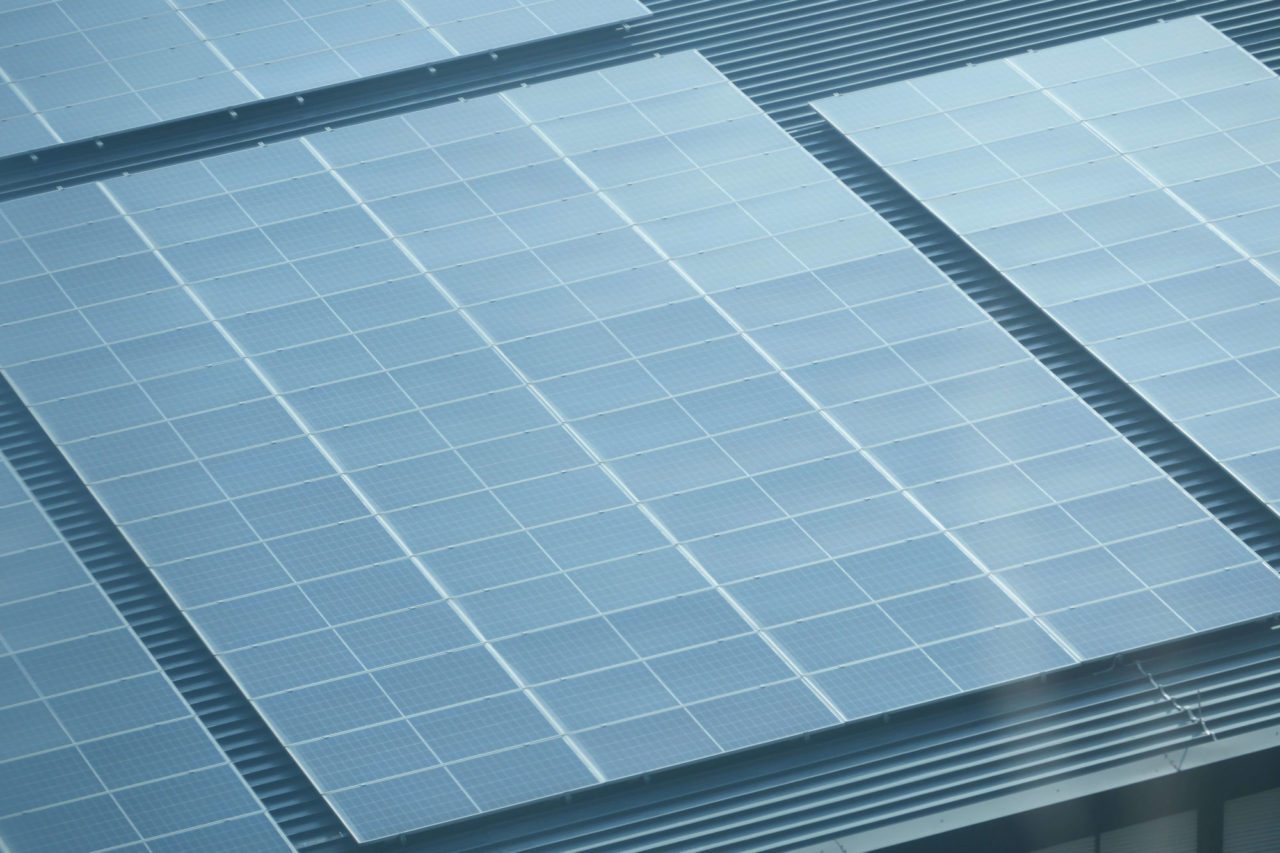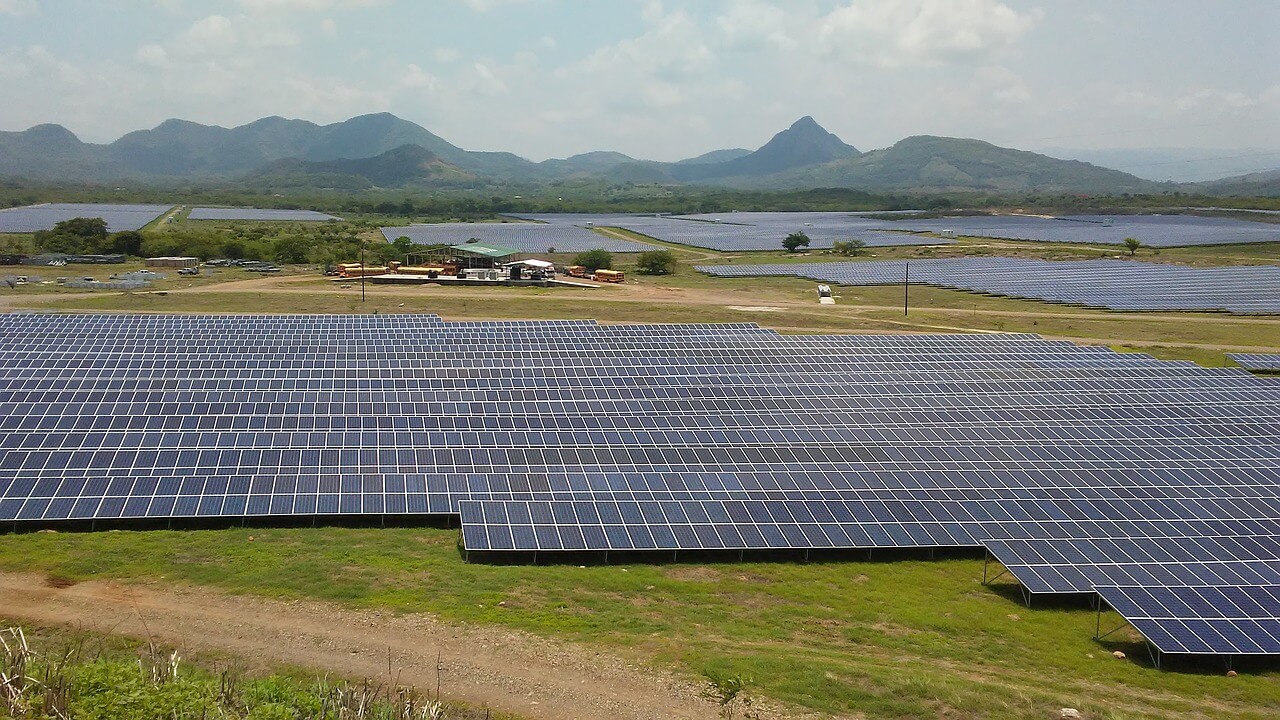
Solar farms that work at night, in the rain and self-clean? Yes, it exists. Find out.
As solar power becomes more widely used, improving energy conversion efficiency requires more than just advances in PV cell materials technology. Following a groundbreaking trial that demonstrated their ability to assist in balancing the grid at night, solar farms may soon play a significant part in the energy system around the clock.

Researchers have tested solar panels that continue to generate electricity when the sun sets.
”A low-cost thermoelectric generator works using the temperature difference between the cooling solar panels and the surrounding air. Next, friction generated by raindrops landing on and running off solar panels can create electricity using a triboelectric nanogenerator. Finally, automated robots trundle across acres of panels to clean them of the dust, water, sand and moss accumulating on the surface: dirty panels can reduce the output of solar panels by as much as 85%.”
Douglas Broom, from World Economic Forum
Traditionally, the impacts of varying seasons and their nighttime inactivity have been a hindrance to solar panels, also known as photovoltaic cells and scientists from all around the world have been battling this issue, and some are currently coming up with creative solutions.

1. Solar power in the dark
Who claimed that under the stars, solar farms can’t function?
One of these specific solar panels had a thermoelectric generator—a gadget that generates currents from temperature variations—added to it as part of an initial study carried out at Stanford University.
On clear nights, they function by utilizing the heat or infrared light that the solar panel’s surface radiates into space.
The panels were constructed from readily accessible parts, and according to the researchers, they have the ability to give the 750 million people who lack access to electricity globally at night a consistent, dependable power source.

2. Rain-powered solar panels
The efficiency of solar panels can be reduced by heavy clouds and rain, but researchers from Soochow University in China think they have found a solution: they can harness the friction created when raindrops fall on and off solar panels to generate power.
Dust and grime have the same ability to obstruct sunlight reaching solar panels as clouds and rain do. They placed a transparent layer containing a triboelectric nanogenerator (TENG) on top of a conventional solar panel. Raindrop impact is the motion that the TENG converts to energy.
If it rains at night, the friction-powered panels can generate electricity in addition to increasing power output during wet days.

3. Robot cleaners for solar farms
Dust and grime can obstruct solar panel light just as clouds and rain might.
In fact, studies reveal that surface accumulations of moss, water, sand, and dust can cut solar panel production by up to 85%.
To minimize interference with the solar panels, autonomous dry cleaning robots are powered by an on-board solar panel and operate at night. After a year of use, microfibre cloths and air jets have saved enough water to cover the needs of 220,800 individuals.
Artificial intelligence software keeps an eye on the performance of the robot cleaners and schedules maintenance in advance to prevent malfunctions.


The primary focus of Universal Kraft is the design and installation of photovoltaic solar energy systems to offer cost-effective, clean energy solutions on a worldwide scale. Our 20 years experience allows us to assess opportunities and make decisions quickly, providing cost effective solutions for all our clients. Discover our optimized solar energy solutions here.




